
🌈Biology | 🍄🧬Fungal Genetics | 🦠#IDSky
👶Dad | 🎥Love movies | 🧱LEGO collector.
Why waste time say lot word when few word do trick?
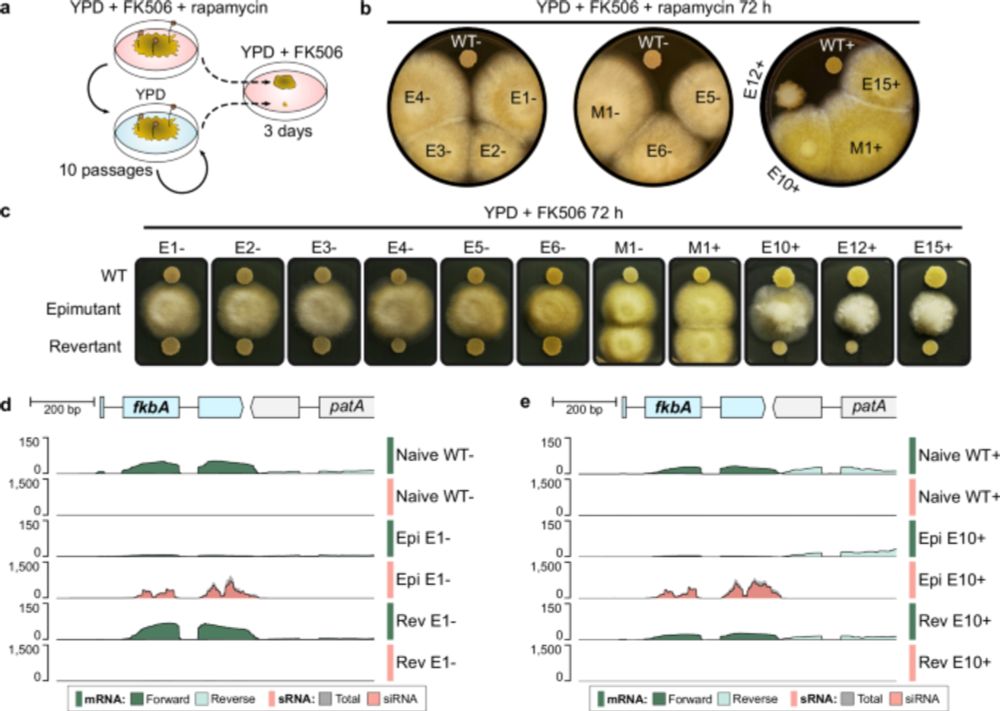
After a constructive and rewarding peer-review process (huge thanks to our editors and reviewers) we can finally share it:
🔗 www.nature.com/articles/s41...
The Human RNome Project has been launched: a global effort to map all human RNAs and their chemical modifications. Proud to support it and contribute to the article in Genome Biology doi.org/10.1186/s130...
#RNA #bioinformatics #RNAstructure #modomics

The Human RNome Project has been launched: a global effort to map all human RNAs and their chemical modifications. Proud to support it and contribute to the article in Genome Biology doi.org/10.1186/s130...
#RNA #bioinformatics #RNAstructure #modomics
doi.org/10.1126/scie...

doi.org/10.1126/scie...
@natmicrobiol.nature.com
uncovers the story of a deadly fungus and its gnarly viral hitchhiker — and how this duo may change how we diagnose & treat fungal disease 🍄🫁🚨 doi.org/10.1038/s415... ⬇️

@natmicrobiol.nature.com
uncovers the story of a deadly fungus and its gnarly viral hitchhiker — and how this duo may change how we diagnose & treat fungal disease 🍄🫁🚨 doi.org/10.1038/s415... ⬇️

After a constructive and rewarding peer-review process (huge thanks to our editors and reviewers) we can finally share it:
🔗 www.nature.com/articles/s41...

After a constructive and rewarding peer-review process (huge thanks to our editors and reviewers) we can finally share it:
🔗 www.nature.com/articles/s41...
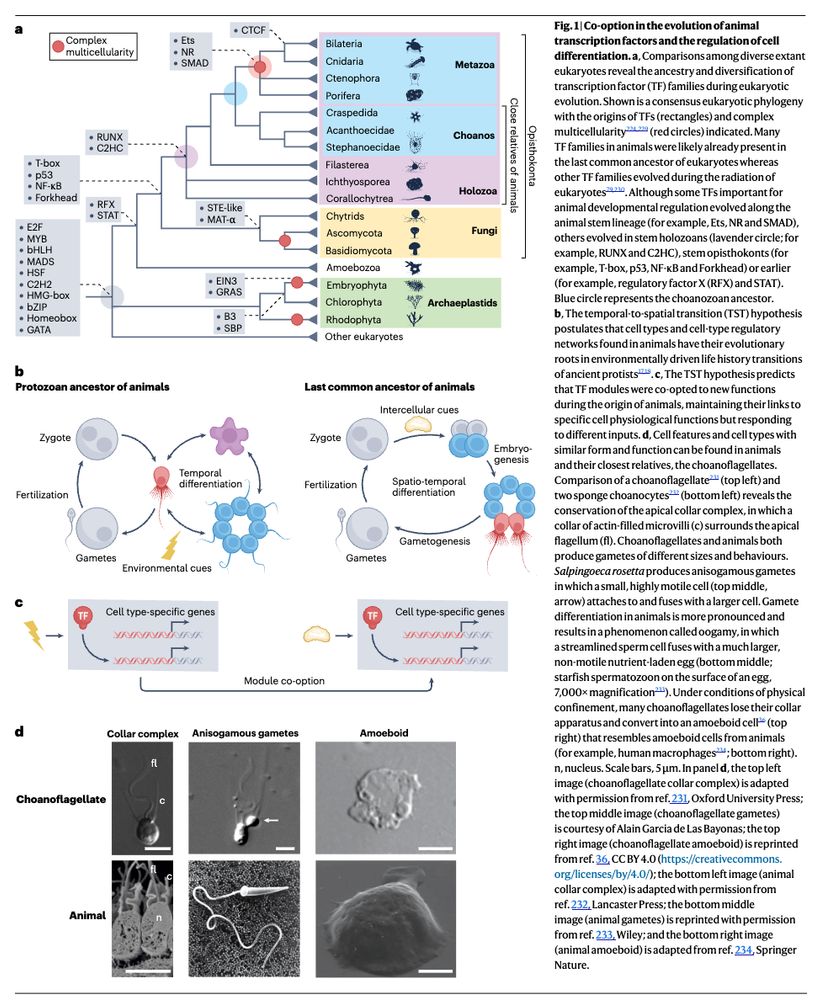
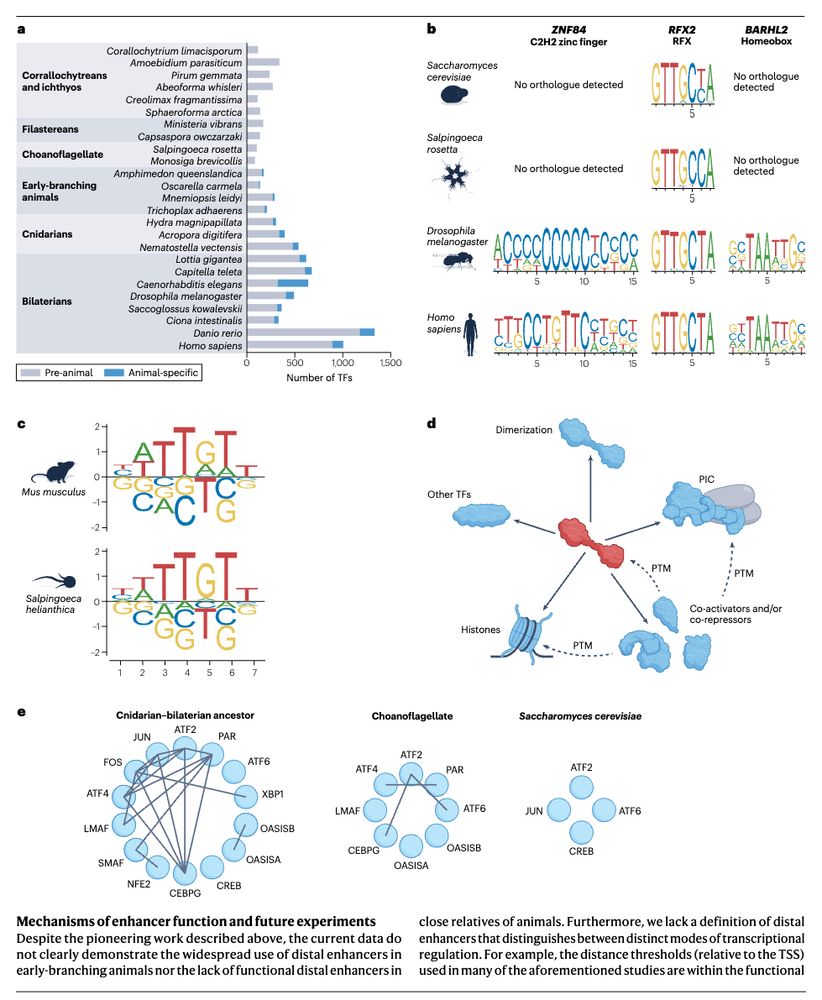
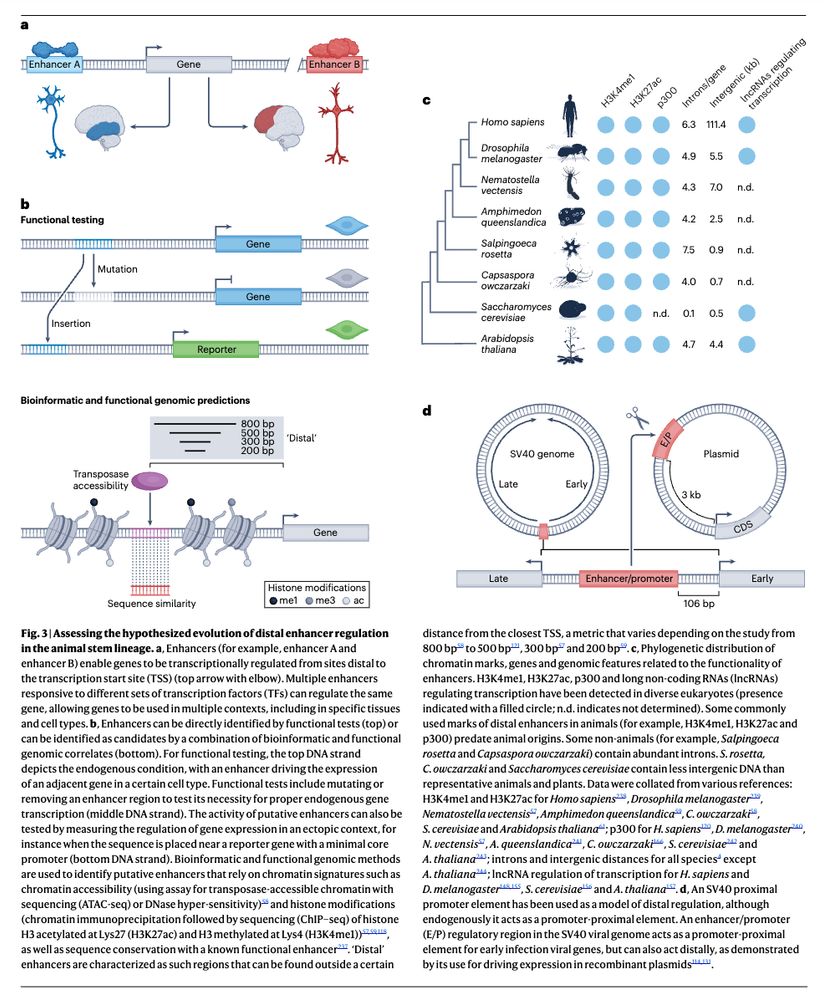
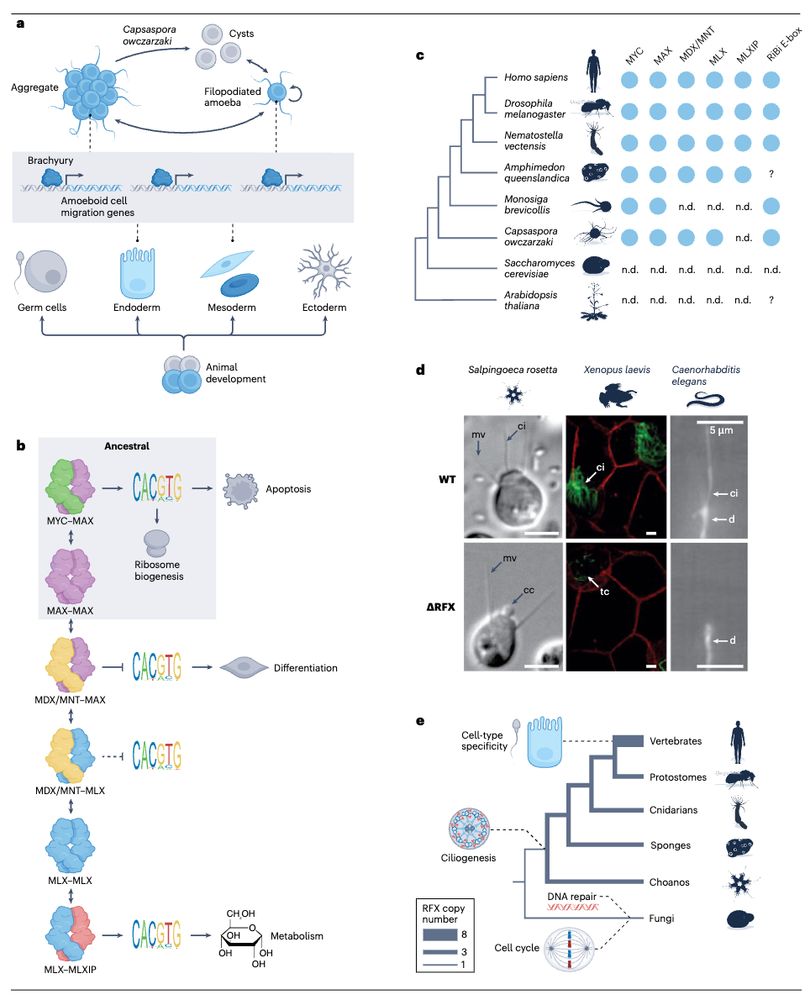
Reid S. Brennan/Melissa H. Pespeni (University of Vermont) in PNAS
#Epigenetics #Stress #Adaptation
---
Empower your research with epigenometech.com
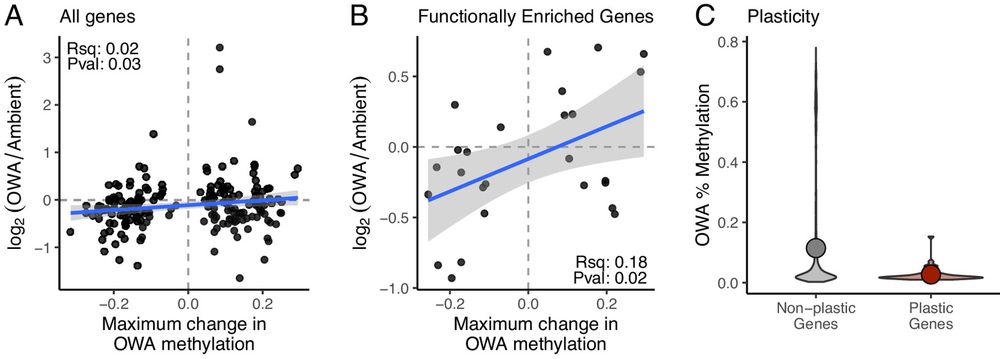
Reid S. Brennan/Melissa H. Pespeni (University of Vermont) in PNAS
#Epigenetics #Stress #Adaptation
---
Empower your research with epigenometech.com
www.nature.com/articles/s41...
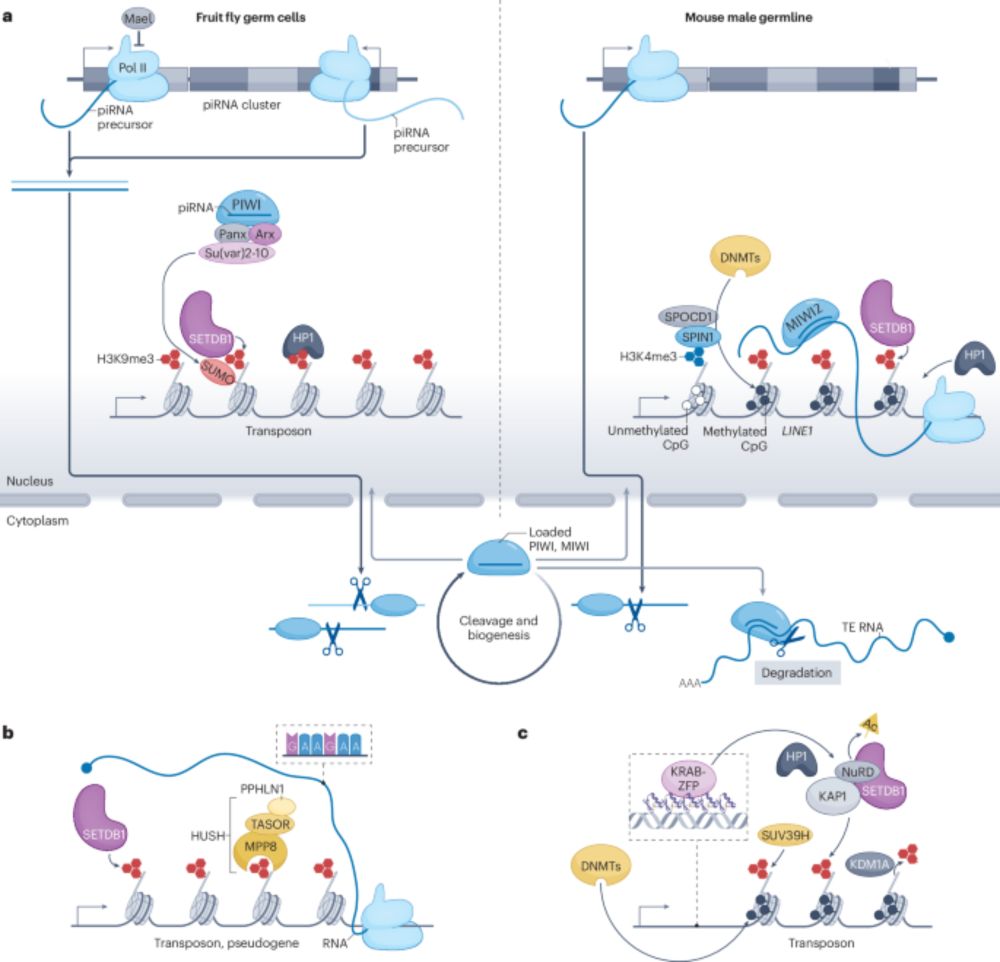
www.nature.com/articles/s41...
🔗: doi.org/10.1016/j.ce...
#Genomics #Evolution #CellBiology #LECA
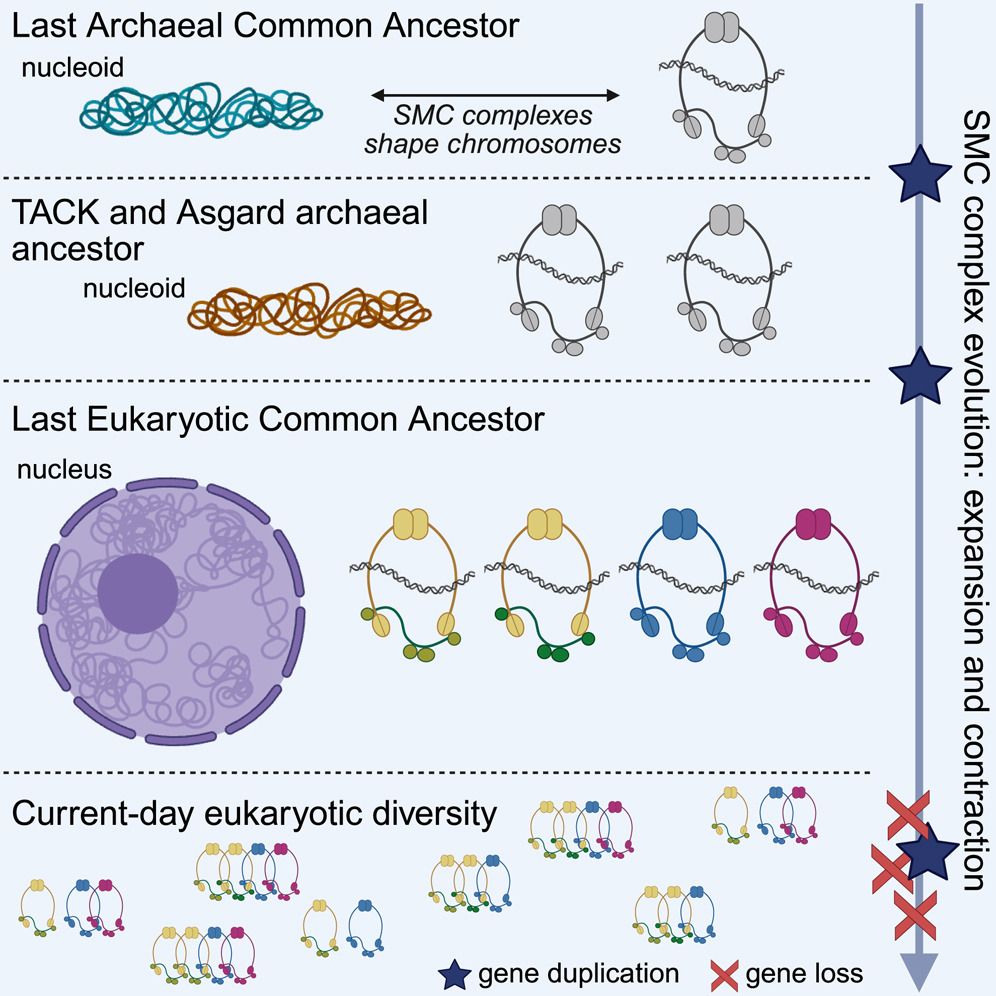
🔗: doi.org/10.1016/j.ce...
#Genomics #Evolution #CellBiology #LECA

www.science.org/doi/10.1126/...
www.sciencedirect.com/science/arti...
www.sciencedirect.com/science/arti...
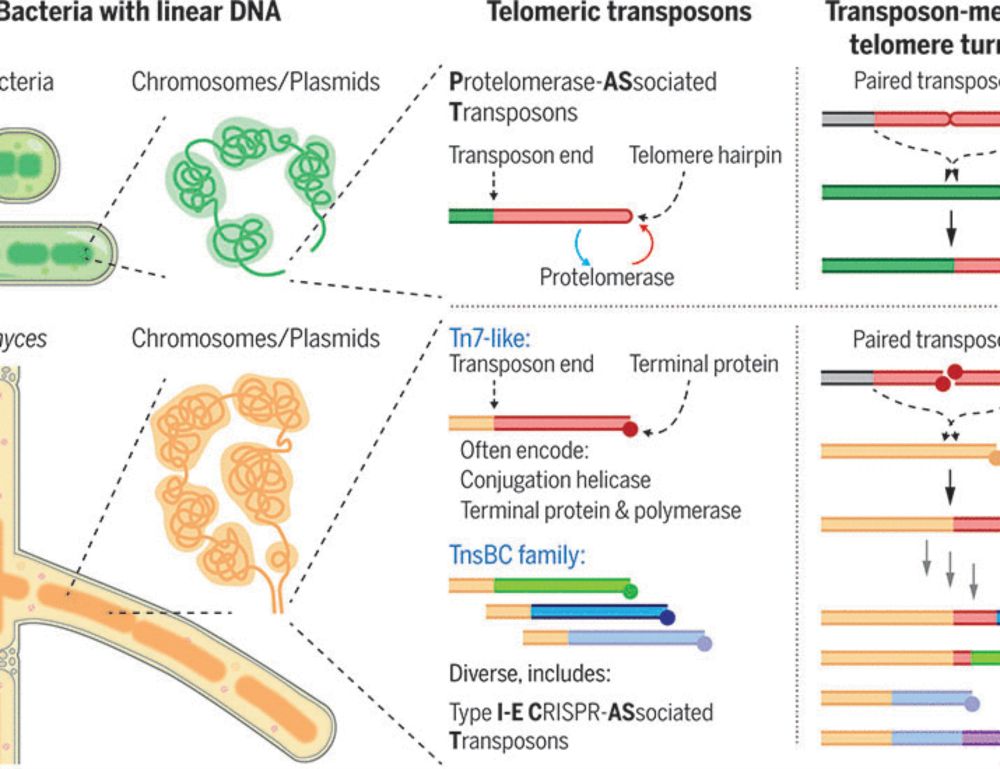
www.science.org/doi/10.1126/...
www.sciencedirect.com/science/arti...
www.sciencedirect.com/science/arti...
🟡➡️🍄
Minou Nowrousian asks how to fungi control expression across structures 🍄 and time 🕜?
Transcription factors & chromatin interact to coordinate expression!
#ecfg17

🟡➡️🍄
Minou Nowrousian asks how to fungi control expression across structures 🍄 and time 🕜?
Transcription factors & chromatin interact to coordinate expression!
#ecfg17



cfDNA nucleosome accessibility data from early-pregnancy may aid in the determination of preeclampsia risk
#Epigenetics #Preeclampsia #cfDNA
---
Gain deep insights with epigenome.us

cfDNA nucleosome accessibility data from early-pregnancy may aid in the determination of preeclampsia risk
#Epigenetics #Preeclampsia #cfDNA
---
Gain deep insights with epigenome.us

A Place of Joy.

A Place of Joy.
Altmetric is thrilled and also LITERALLY RELIEVED to officially announce:
We are now tracking research attention as it happens on Bluesky!
We have been picking up posts on the site since late Oct.
Our team is on Bluesky all day answering questions.
Let's get into it!
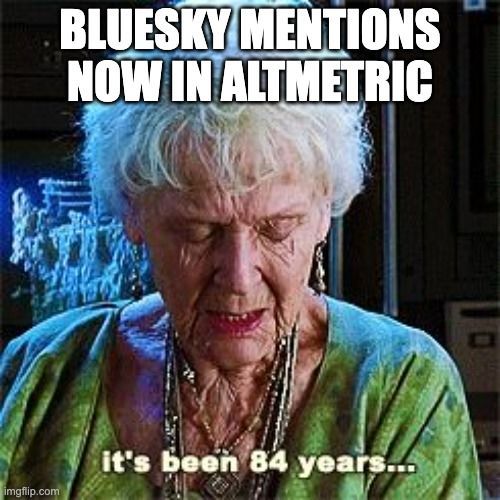
Altmetric is thrilled and also LITERALLY RELIEVED to officially announce:
We are now tracking research attention as it happens on Bluesky!
We have been picking up posts on the site since late Oct.
Our team is on Bluesky all day answering questions.
Let's get into it!

Please visit the website
www.sfb1064.med.uni-muenchen.de/paris_munich...
to find out more about the program and to register. #epigenetics
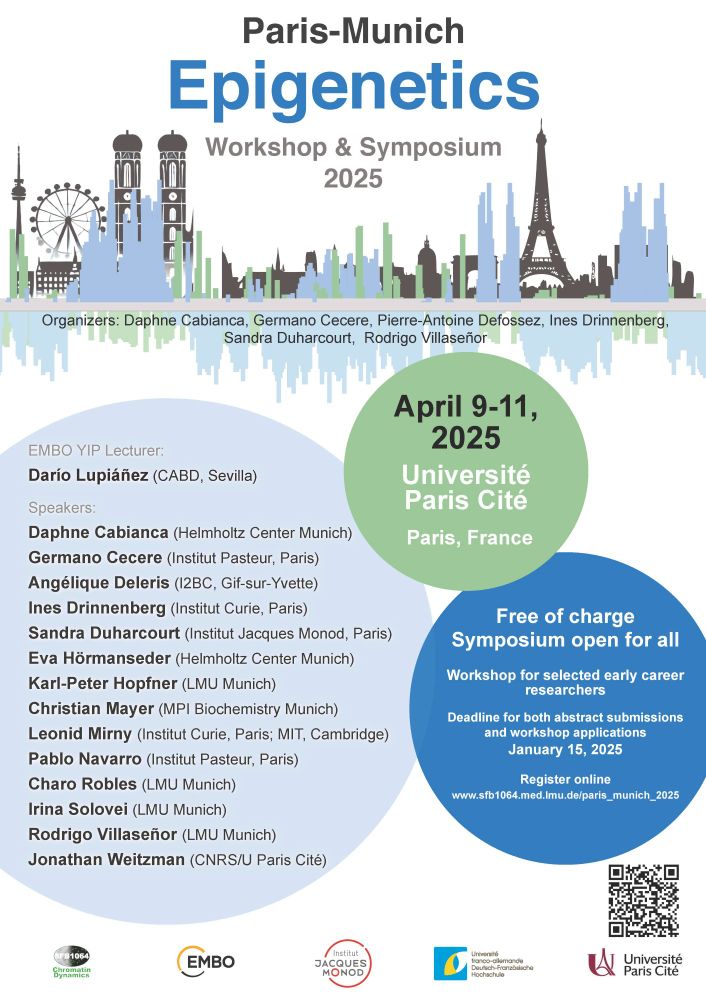
Please visit the website
www.sfb1064.med.uni-muenchen.de/paris_munich...
to find out more about the program and to register. #epigenetics


